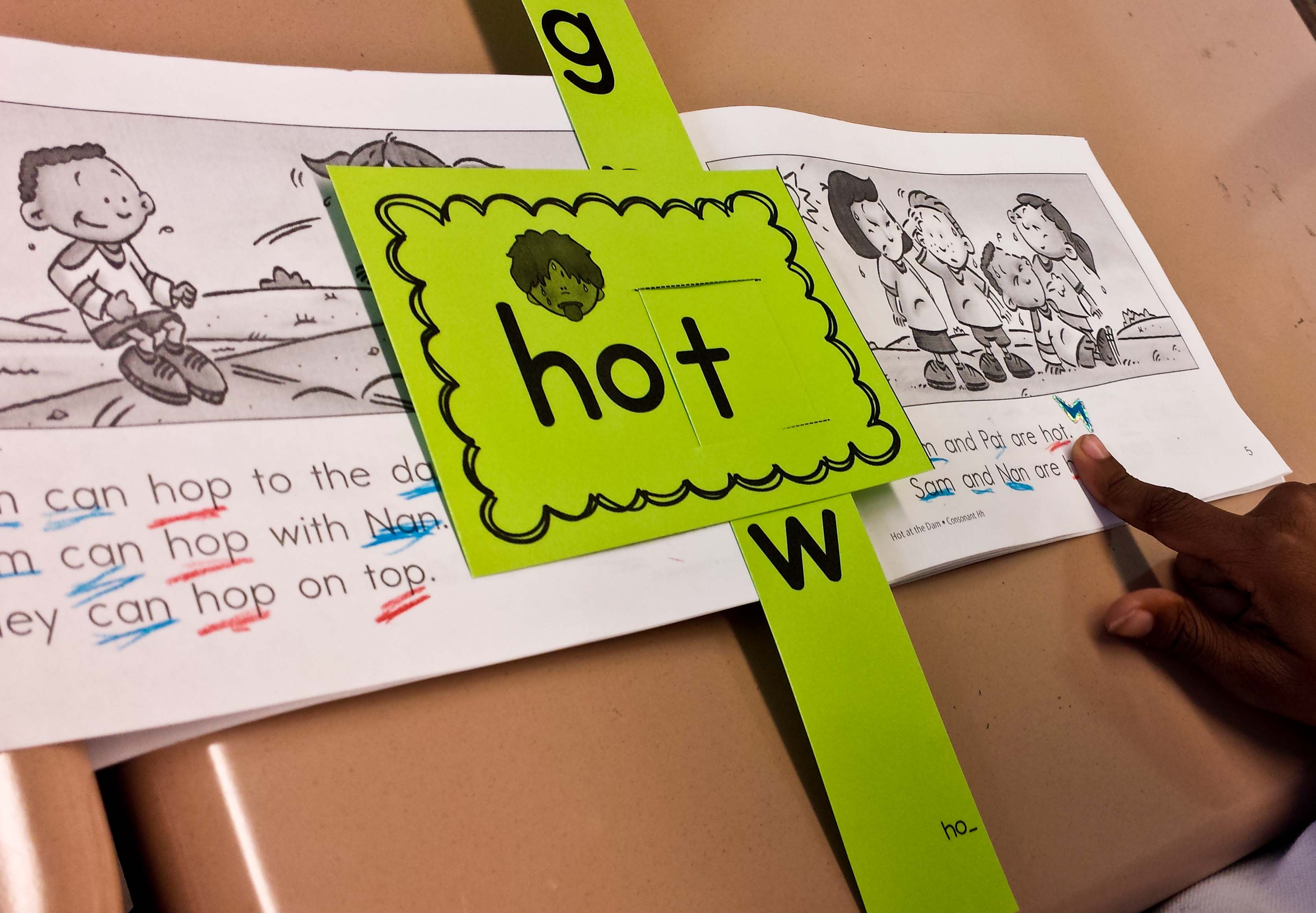First grade teachers, I implore you: Do not start off teaching time the traditional method. Yes, I know that Common Core gives you a sequence which has been used way before Common Core even existed. The sequence goes like this:
- Tell and write time to the hour.
- Tell and write time to the half hour.
- Tell and write time to the quarter hour.
- Tell and write time to the nearest 5 minutes.
- Tell and write time to the minute.
Makes sense, right? Start off easier, work your way up the ladder of difficulty. Here’s the thing: It’s going to confuse a lot of kids. I taught middle school special ed for 8 years in an inclusion program. I worked with students with and without IEPs. You’d be surprised at how many older students simply couldn’t tell time on an analog clock. These days it’s even worse, because they rely on digital clocks through their phones. So I wondered, what was the reason for this?
We’re teaching kids incorrect information.
This is what traditional lessons would look like:
 You might be thinking, well what’s wrong with that? Kids should start off with easier concepts.
You might be thinking, well what’s wrong with that? Kids should start off with easier concepts.
This is a wrong approach because we’re teaching kids that the hour is whatever the short hand is pointing to. They get that notion stuck in their heads, and every time we try to teach a new skill, such as time to the half hour or quarter hour, students have to readjust their misconceptions and realize what they learned before was wrong.
While some students make this adjustment quickly, there are many students who take longer to unlearn the wrong ideas. For some students, this sticks with them for years.
By the time students are learning how to tell time in 5 minute intervals, many will say 9:55 is 10:55. Why? Because the short hand is closer to the 10. They learned this in 1st grade! They were good at telling time in 1st grade!
Ok, ok… so then what? How should we introduce telling time?
Show kids that each hour has an area or space that belongs to them. I tell my kids that each number has a room. Later on, they will realize the hour hand moves, but in the beginning they won’t get the concept. However, you can show them that when the short hand is in the number’s room, that’s the hour.
I use a clock that separates the face of the clock into the areas by color so it’s very clear where the hour hand lies.
Kids will realize from the beginning that the hour hand is different from the minute hand. The minute hand points to a specific number as indicated with the little marks. The hour hand has a space.
When giving practice, your visuals should look like this:
General guidelines:
- Vary the times as much as possible.
- Ask them ONLY to identify the hour. Fill in the minutes for them.
- You have to teach them that the number’s room comes AFTER the number. So if the short hand is pointing right at a number, then the number’s room is the space after it.
- Begin with the introduction visuals. Then remove the numbers within the colored areas. Then remove the colored areas.
- Continue practicing without the visual supports until they have mastered finding the hour no matter where the minute is point to.
- Now you can teach telling time to the hour!
By introducing time in this manner, you will save teachers in 2nd grade and beyond the headache of having to reteach this concept. Not to mention, the kids will not have to relearn the ideas that were drilled into their heads for months!
For a free PNG file of a colored clock face, head over to my store. You can use it make your own worksheets.
If you want to save time, I have a kit to get you started, with posters and worksheets.
Cindy Lee runs Ainslee Labs at TpT. She is currently teaching K-3rd grade in Chicago, a mixture of special education resource and inclusion. Cindy loves looking at new ways to teach old concepts. You can read more about her education adventures on her blog, Ainslee Labs. You can also find her on Facebook, Pinterest, and Instagram.
*This post was originally written as a guest post on Teacher Approved. I was given permission to repost it to my own blog. Thank you!

















